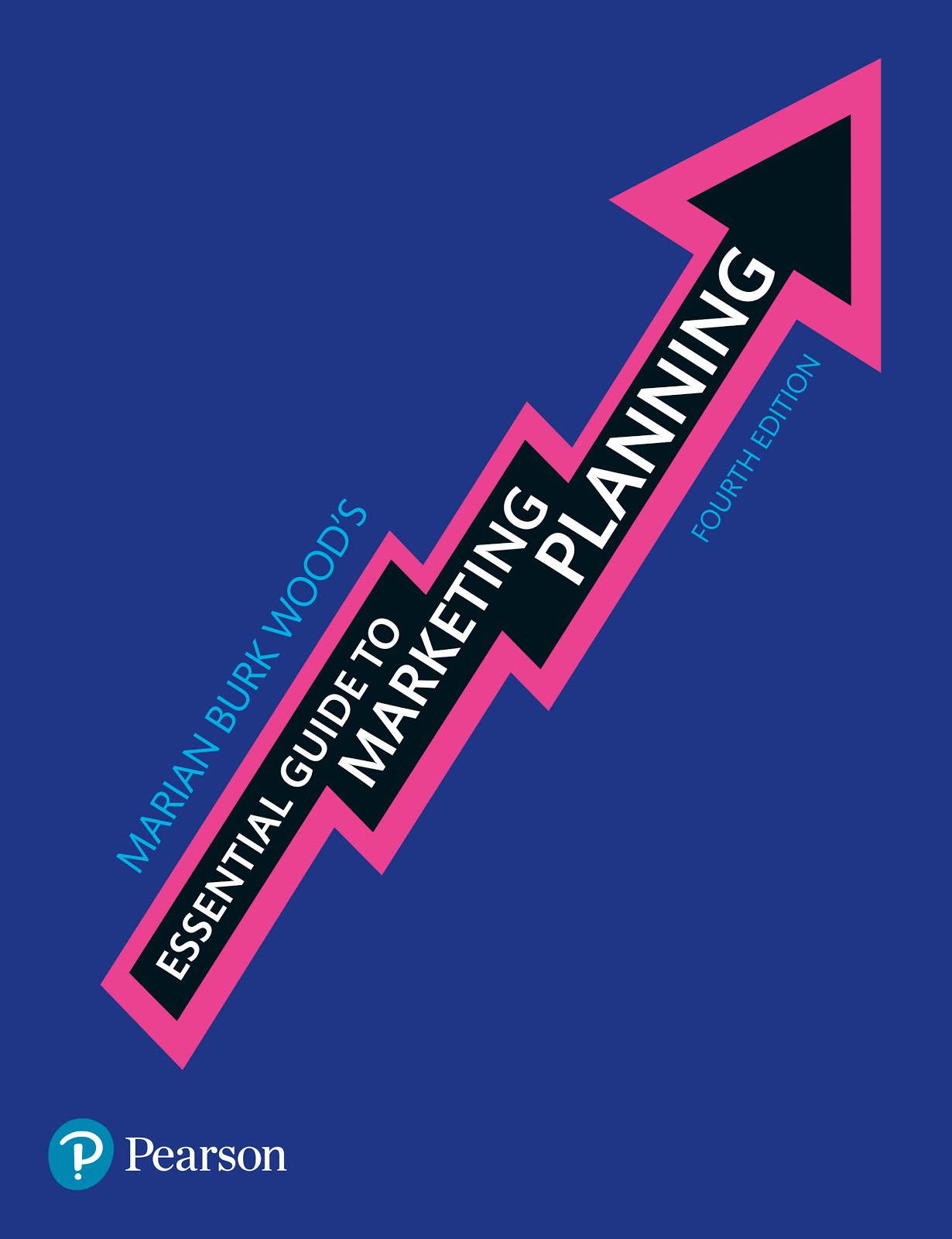The versus position is one in which we make it clear what we stand for to customers by highlighting the differences between ourselves and others.Remember, positioning is in the mind of the customer--how the customer thinks or feels about your brand and competing brands. Your role is to put forth a 'versus' fitting for your product or brand, one that is compelling enough to influence thought and feeling, compelling enough to encourage a purchase.
It's not enough to say 'my brand is the best'. But if you position versus traditional brands--as one example--or versus a specific competitor, you help customers understand what your brand stands for and why it's the best choice.
Here are two examples of positioning versus traditional competitors:
- Ben & Jerry's website and packaging showcase the brand's social responsibility. The company (owned by Unilever) knows that customers expect ice cream to taste good. Ben & Jerry's stands for more than just good-tasting ice cream. Its positioning relies on the brand being good for the planet, good for workers, good for social causes--not a claim that every competitor can make.
- Innocent positions itself as 100% pure, no additives, no 'nasty' stuff, just healthy, fresh ingredients. This is in contrast to traditional soft drinks that are carbonated and sugary, or that use artificial sweeteners. Plus Innocent (owned by Coca-Cola) is 'sourced sustainably' and gives 10% of profits to charity. Again, not every competitor does what Innocent does.
One last thought: If you use advertising to highlight differences between your brand and another, be sure the comparisons are fair and not misleading.










